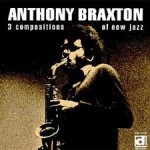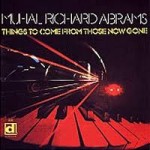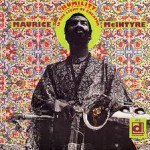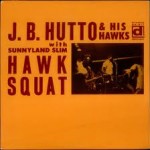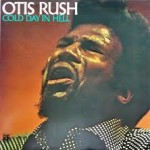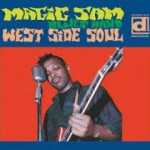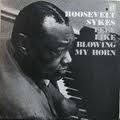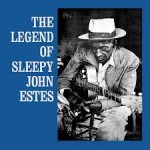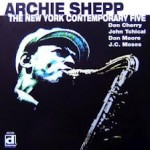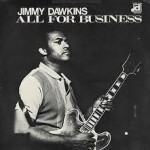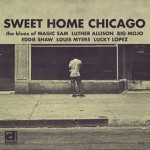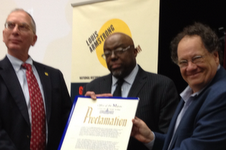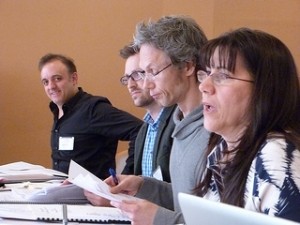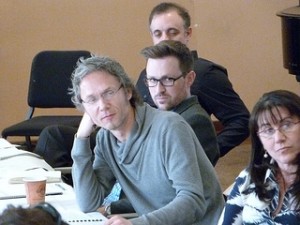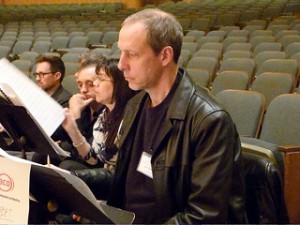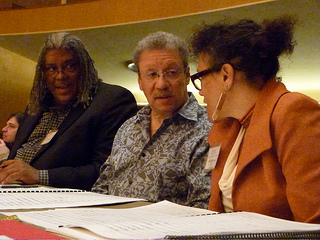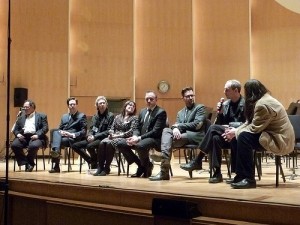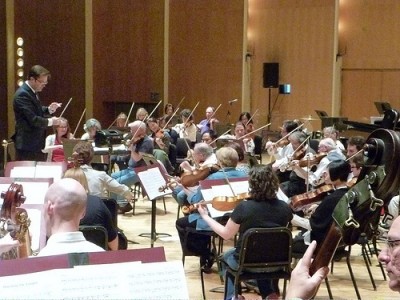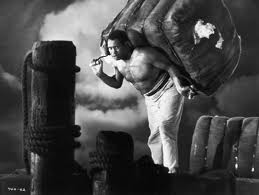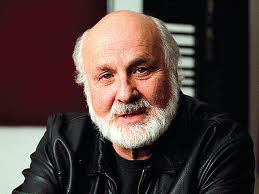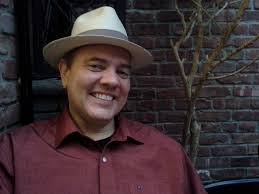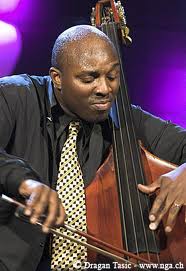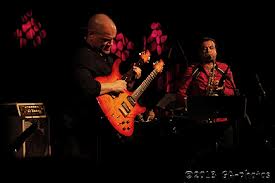Jon Batiste and his band Stay Human were among the emerging young charismatics vying to revitalize jazz at the 2013 Newport Jazz Festival, August 10th and 11th, and as a post-modern New Orleans piano professor  of “social music” he approached his art from many directions. A scion of five-generation Louisianan musical royalty, 26-year-old Batiste can boogie, rock, play out, get traditional — he sings, jams, comps and sometimes fronts with what he calls his “harmoniboard.” Aka “melodica.” And people like it. What’s not to like?
Though it’s been 10 years since Batiste came to New York City to attend Juilliard, and he’s wracked up some  highly credible credits (working with Wynton and the Lincoln Center Jazz Orchestra, in Cassandra Wilson’s band, or maybe you’ve seen him on the HBO series Treme?), he’s been biding his time. His album Social Music, scheduled for release in October, looks to be the breakout — he’s doing a West Coast tour in support, then coming east. I caught him after a rehearsal in midtown Manhattan for a DownBeat interview  (see the November? issue) , and took the opportunity to ask him about the handy gear that’s his constant companion.

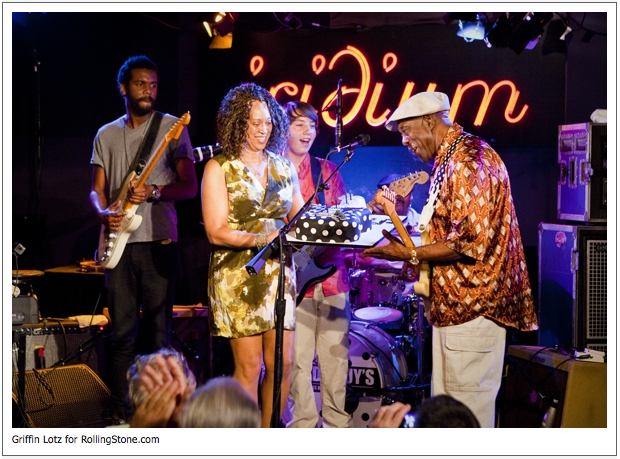
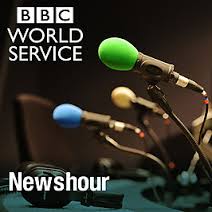

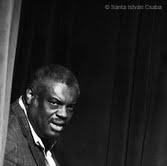
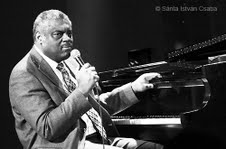
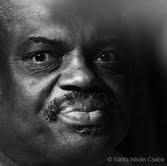
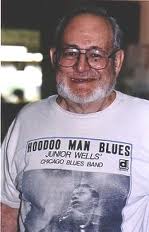
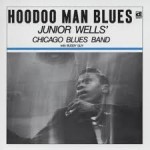
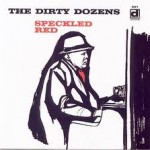
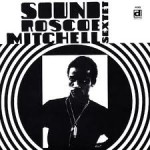
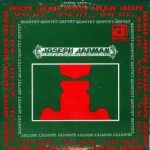 Art Ensemble of Chicago, but here performs with the sole document of tenorist Fred Anderson’s young quartet. All the AACM records are very different: Song For is fiercely expressionistic.
Art Ensemble of Chicago, but here performs with the sole document of tenorist Fred Anderson’s young quartet. All the AACM records are very different: Song For is fiercely expressionistic.